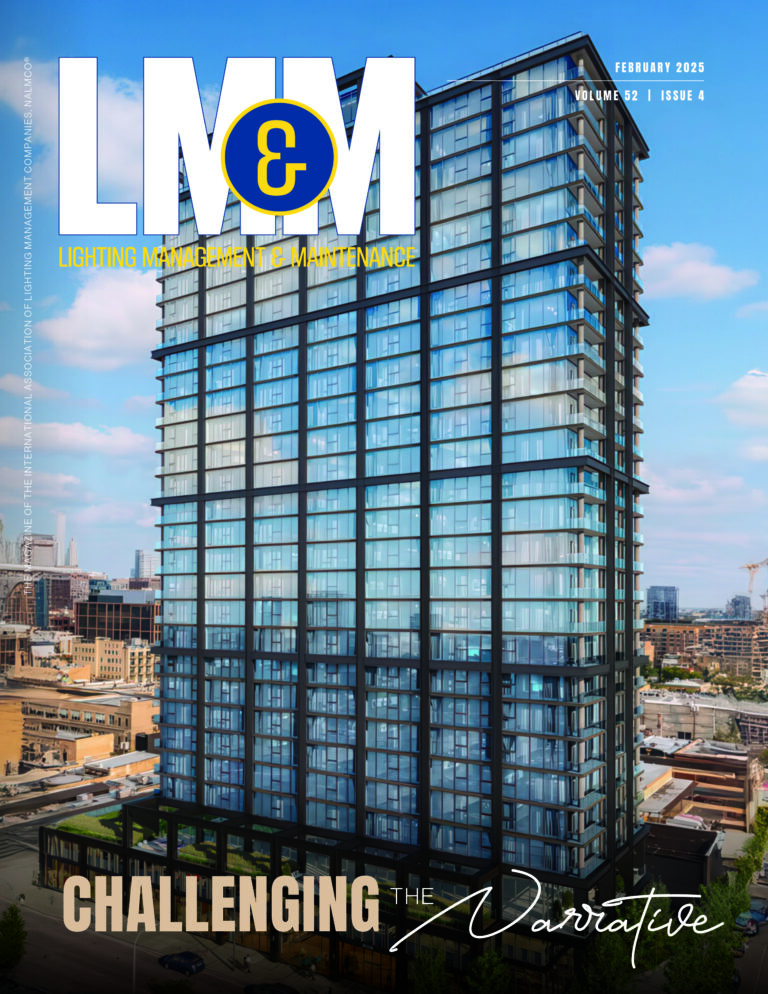Q&A with Karl Chevrolet: The Drive for Improved Lighting
Illuminations had an opportunity to sit down for a Q&A with Carl Moyer, founder and owner of the third largest single-line Chevrolet dealership in the U.S. – Karl Chevrolet in Ankeny, IA. The success of his dealership is predicated on its ability to have one of the largest selections of new and pre-owned vehicles in the Midwest and lighting the 30-acres at the high light level requirements is no easy task.
Providing this performance in a cost-effective manner makes it even more challenging, especially considering Carl’s sharp eye for achieving and proving an acceptable return on the investment (“ROI”). This is likely one of the reasons why he was a finalist for the TIME Dealer of the Year award in 2017.
In this article we discuss the lighting project so that other dealers, large and small alike, can learn from his experience. Interested readers should check out this case study video for more details on the project.
What led to the decision to upgrade the exterior lighting at your dealership?
“We’ve always had a progressive outlook on new technology and we’ve been willing to demo and pursue solutions that would ultimately impact the bottom line. We knew we wanted to replace our legacy 1,000w MH fixtures but needed a proven 1:1 replacement AND a controls solution that was both affordable and compliant with the local utility’s program requirements to qualify for a custom rebate. We have a strong relationship with Tesdell Electric, our long-time electrical contractor, and they have been paying close attention to the advances that have been made in lighting technology over the years. Tesdell had entertained numerous lighting proposals but none accomplished 100 percent of our goals. It wasn’t until fairly recently that the technology was available in a cost-effective solution and we figured that waiting would have cost us almost $2M in savings over the next ten years.”
What has surprised you most about the lighting upgrade?
“Finances and energy savings aside, there are two byproducts of the investment that contribute to our bottom line. First, the appearance of our entire property is simply outstanding at night. We receive complements almost on a daily basis how it has improved the image of the facility. We selected special distribution fixtures for our front row and these actually reduced the number of fixture count by 60 heads where two existing 1000w MH (1100w each with ballast load) could be replaced with one 580w fixture that ultimately did a better job. And many have even noticed that the amount of light spilling onto the streets at night to overcompensate has decreased. Customers also recognize the impact that LEDs are having on the environment as a whole, and many have congratulated us for pitching in and doing our part. Second, the maintenance savings have been tremendous. We figure we will save almost $12,000 annually. While the costs savings are the headline, this frees up the staff to work on other areas in the course of a normal workday.”
 What’s your expected Return on Investment?
What’s your expected Return on Investment?
“In the first full month of operation we saw a $12,500 reduction in energy cost, and that was before the diming controls were up and running. While that’s good news, the headline is the annual energy savings of $143,465. It is estimated the total reduction in energy use will be 74 percent when it is cut more than 1.5M kWh per year. The payback period is 3.8 years and the internal rate of return is 29 percent.”
Any additional advice owners should consider?
“Make sure you work with an advisor you can trust. The combination of energy savings and controls enables us to qualify for a $216,000 rebate from MidAmerican Energy. Not all rebate programs are the same, so do your homework and make sure you understand the terms and conditions. Also, don’t overlook the value of controlling your fixtures. By upgrading to specialized software and hardware, we are literally in the driver’s seat and taking control of our energy costs. The dimming capabilities allows us to dim all fixtures for closed business hours, rather than turning off roughly 50 percent of the poles, which results in much better uniformity after hours. The front row is dimmed to 30 percent and the interior poles dimmed to 20 percent. We can tinker with these percentages as we deem appropriate and potentially incur even more savings in the process.”





